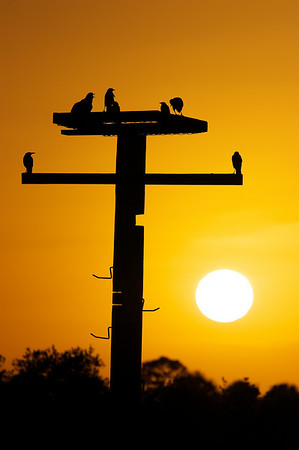mengwei11 said:Ok, now I'm getting confused. Somebody else posted that when u half press the shutter, u lock the shutter speed and aperture setting (ie exposure) so does it or not?
If it doesn't like u said, why does the same scene have different exposure when I focus lock on either bright sky or dark tree and recompose to the same scene and the metering is set on evaluative.
Sorry, I might have made a mistake. All my cameras are set that way (AE lock linked to AF lock) forgot it is a conscious option after so long. The rest are right. Apologize for the mistake.



